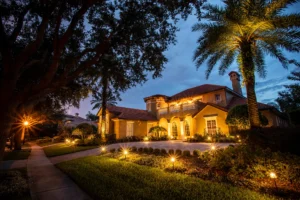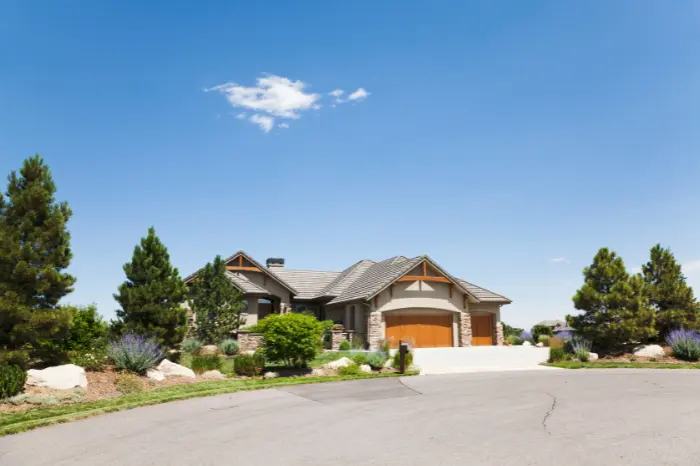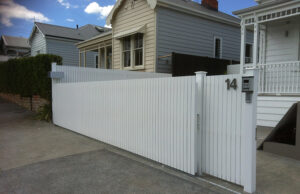
There are many ways to measure your potential risk of home flooding. The “100-year flood zone” is one of them. What does it mean and is your home at risk? Here’s what you need to know about homes in the 100-year flood zone.
What Is the 100-Year Flood Zone?
Statistically speaking, the 100-year flood zone refers to any area that has at least a 1% chance per year of flooding. This can be a bit misleading because statistics and real-life don’t always match up. A home in the “100-year flood zone” could flood four years in a row or could not flood for 200 years. However, on average, it will flood at least once within those 100 years.
Due to how percentages work, this also means that over the years you live in a home, your overall risk of flooding increases significantly. Over a 30-year mortgage, a home in a 100-year flood zone has a 26% chance of being flooded at some point. This is why flood insurance is so necessary for homeowners – your chances of encountering flooding could be significantly more than you think it is. You may also have to keep in touch with a Property Damage Restoration Company as the chances of your house getting damaged every now and then is significantly higher compared to those living elsewhere. These firms could help fix the repairs including water removal and water damage restoration.

Your Risk of the 100-Year Flood Zone
So, who’s at the highest risk? This is a list of all 50 states and Washington, D.C., arranged by number of homes that are within the 100-year flood zone.
- 1,893,920 – Florida
- 611,937 – Texas
- 388,325 – California
- 269,165 – New York
- 247,341 – Louisiana
- 231,038 – Georgia
- 230,313 – New Jersey
- 225,079 – North Carolina
- 181,393 – Massachusetts
- 172,156 – South Carolina
- 160,839 – Pennsylvania
- 159,918 – Ohio
- 153,168 – Virginia
- 145,578 – Mississippi
- 140,620 – Missouri
- 128,846 – Alabama
- 121,354 – Indiana
- 118,485 – Illinois
- 112,100 – Wisconsin
- 99,388 – Arizona
- 92,805 – Tennessee
- 90,510 – Oklahoma
- 90,049 – Kentucky
- 86,907 – Connecticut
- 82,189 – Arkansas
- 76,393 – Montana
- 62,339 – West Virginia
- 59,125 – Oregon
- 56,622 – Minnesota
- 56,411 – Maryland
- 46,243 – Hawaii
- 44,039 – Kansas
- 43,615 – Colorado
- 41,125 – New Mexico
- 40,825 – Iowa
- 39,982 – Nebraska
- 37,073 – New Hampshire
- 34,713 – Delaware
- 31,772 – Nevada
- 29,863 – Washington
- 29,053 – Rhode Island
- 22,977 – North Dakota
- 18,781 – South Dakota
- 17,904 – Maine
- 17,047 – Idaho
- 15,824 – Montana
- 13,564 – Vermont
- 11,108 – Utah
- 8,271 – Alaska
- 5,317 – Wyoming
- 3,465 – Washington, D.C.
There are many possible conclusions one could draw from this list. However, one of the most important is that no one is safe. Even completely landlocked states like Kansas aren’t at the very bottom of the list; they’re somewhere in the middle. All states have a possibility for home flooding, and while some are more prone to flooding than others, like Florida, which is at especially high risk, you’re possibly at risk anywhere you live.

Conclusion
The “100-year flood zone” can be a bit misleading at times – the claim that “it hasn’t flooded in over 100 years, so I can’t be in a 100-year flood zone” is a common claim among homeowners, but it’s based on a misunderstanding of the term. If you live in a 100-year flood zone, as unnecessary as you might find the insurance, it’s a good idea to invest. If that 1% chance actually happens, you’ll be happy you paid for the insurance in advance.











